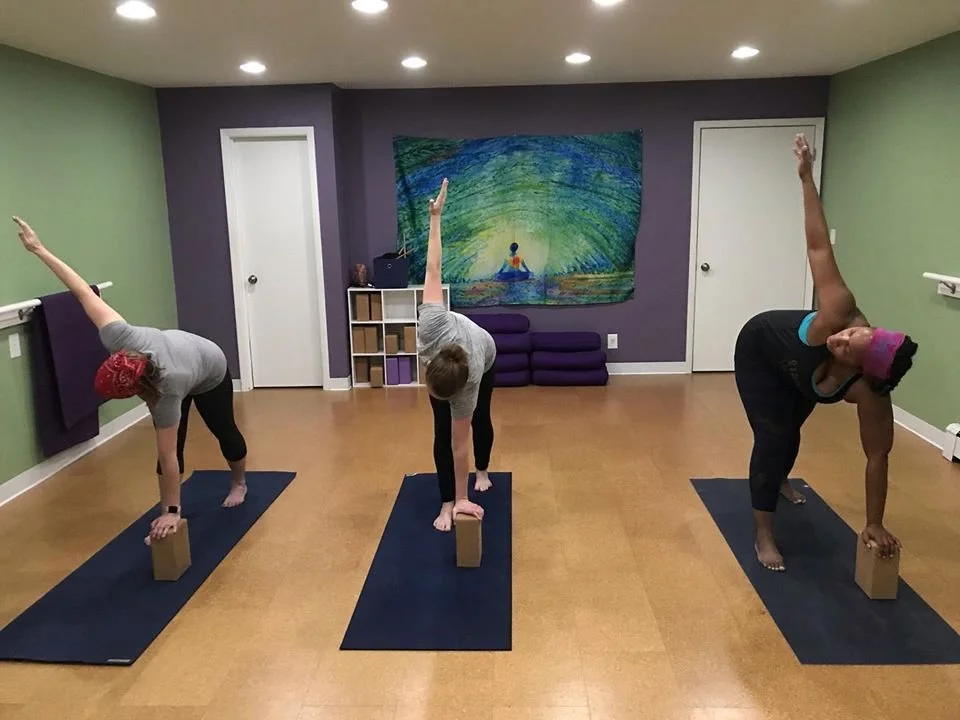Putting It Together: My Top Sequencing Tips
I’m a creative by nature. I’ve written books under a pseudonym, penned book reviews, and I can come up with a snappy caption for the socials in no time flat. One of the aspects I love about being a movement coach is sequencing - designing yoga and Pilates routines for my classes and private clients. Sequencing brings out my creative side, brewing up the excitement I often feel when I’m writing. For some instructors, sequencing can feel just like the opposite: challenging, frustrating, and maybe even a little dull. How do we anticipate what our clients want on the mat? Wouldn’t it be more fun to just move intuitively? How do we know that we’re leading them to some meaningful movement?
Well, for starters, any intentional movement is intuitive and meaningful. All sequencing does is provide a timeline to keep those poses in flow and to keep your clients’ pace on time. Secondly, sequencing doesn’t mean you have to know everything about your clients from the start. While it’s wise as an instructor to know whether you’re teaching a class full of newbies or advanced practitioners, a good sequence provides opportunities to pivot according to skill level.
So - how do we put all those elements together to take the suck out of sequencing?
Check out my top tips for crafting some powerful sequences:
Start with Breath, End with Breath: Your clients should feel comfortable in the exercise space before movement begins. Start your sequence with grounded breath, whether standing in mountain pose or sitting in easy pose. Not only does it bring your client down to earth, it helps them to remain connected with their breath throughout the movement practice. Ending the sequence with breath re-grounds them back into their bodies post-movement.
Begin with a Down Low Warmup: The purpose of the warm-up portion of the sequence (roughly the first 15 minutes of an hourlong session) is to prepare the client’s body for active movement. Warming up low to the ground provides stability and safety, which can be especially important for new practitioners. Typical down low warmups include Cat/Cow, Birddogs, and Cobra Pose.
Find Your Peak Pose: One of the best takeaways I ever got from my yoga teacher training was the concept of the Peak Pose. Deciding on a pose or movement in advance helps you build a sequence that honors. Once you have your Peak pose in mind, you’ll know which warmup execrises will best prepare the class for the key movement. You’ll know which exrcises during the heart of the routine will best flow into the midpoint. Most importantly, you’ll know how to best cool down your class by stretching the Peak Pose’s most utilized muscles.
Leave Time For Rest: The typical Savasana (Resting Pose) should last five minutes. This is a third of yoru cooldown, so make time accordingly. Wrap up your active cooldown to roughly 3 movements - preferably on their backs - and roll the class right into rest.


